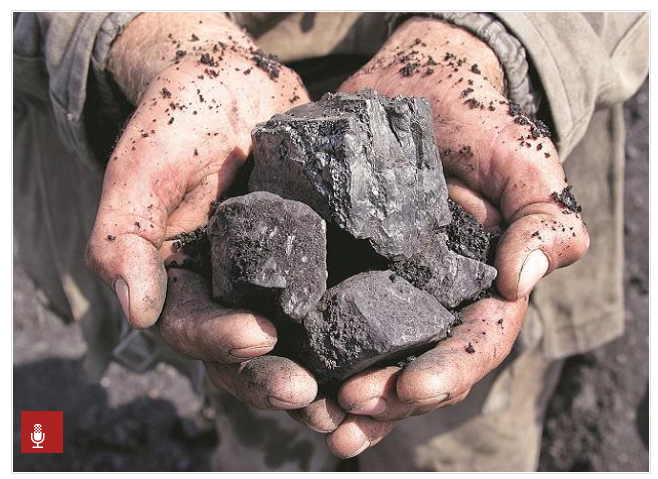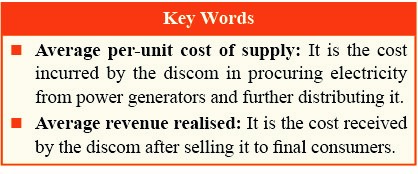Free Courses Sale ends Soon, Get It Now


Free Courses Sale ends Soon, Get It Now



Figure 2: No Copyright Infringement Intended
Electricity Sector works in three stages.

Debt of Discoms and Associated Problems:
About Reforms Based Results Linked Scheme:
© 2024 iasgyan. All right reserved